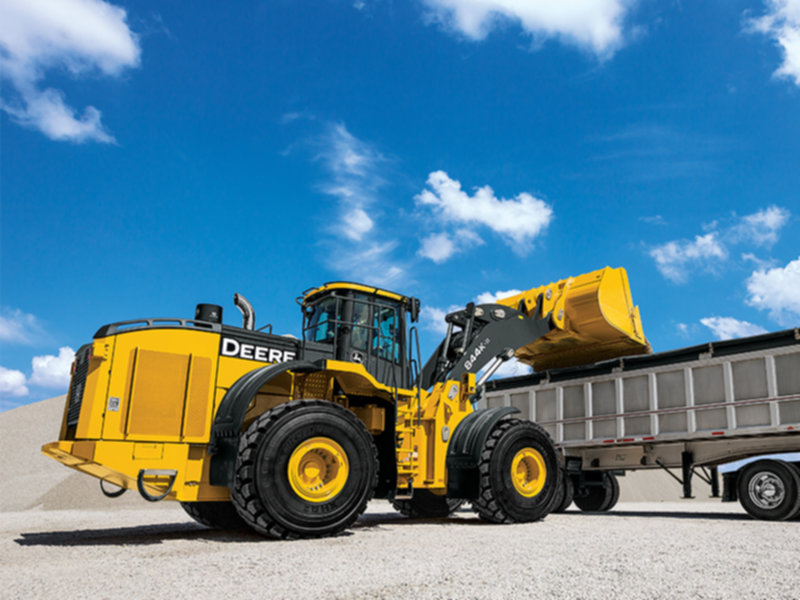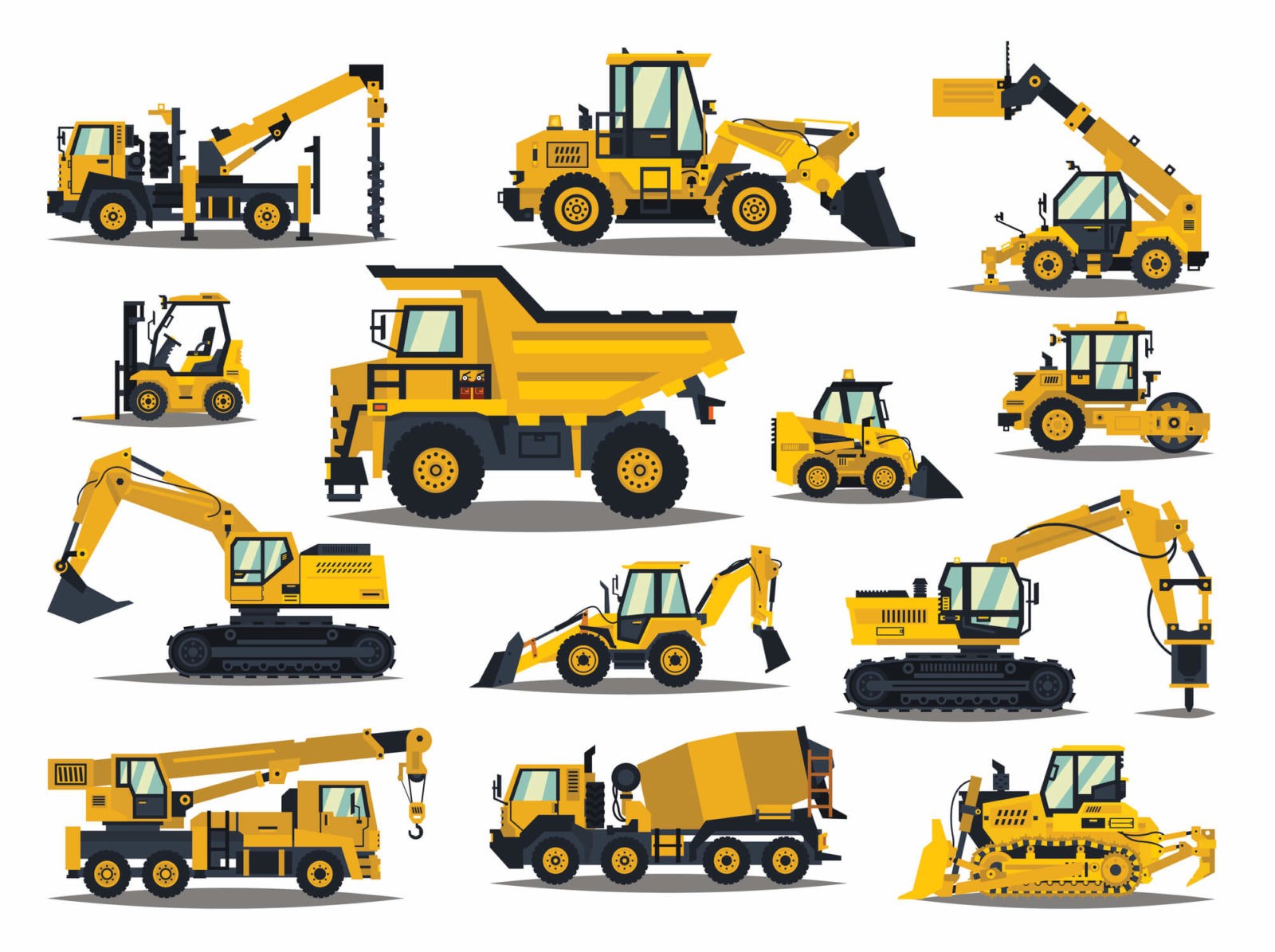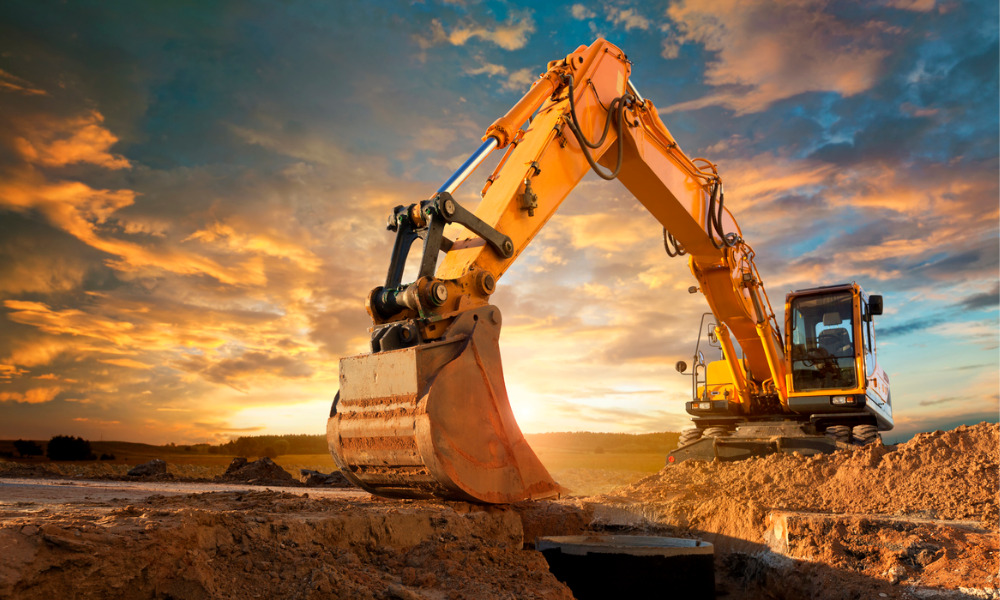Leading Equipment Rental Company for All Your Requirements
Wiki Article
Renting Out Vs. Buying Building And Construction Devices: Making the Right Choice for Your Project
When getting started on a building and construction task, one of the important choices that project stakeholders and managers encounter is whether to rent or purchase construction equipment. The decision pivots on different aspects such as expense factors to consider, task duration, devices maintenance, adaptability, scalability, and danger monitoring.Price Considerations
Renting equipment typically needs lower first repayments compared to buying, making it an appealing option for temporary tasks or specialists with budget constraints. In the long run, continually renting tools can collect greater costs than acquiring, especially for extended jobs.On the other hand, getting construction devices includes higher ahead of time costs yet can result in lasting cost savings, especially for frequent users or long-lasting tasks. Having equipment provides adaptability, ease, and the potential for resale worth once the project is completed. Furthermore, having equipment enables modification and familiarity with certain equipment, possibly increasing efficiency and performance on-site. Ultimately, the choice between renting out and acquiring building and construction equipment depends upon the job's duration, regularity of use, budget plan factors to consider, and long-lasting financial objectives.
Project Duration

Alternatively, for lasting jobs or ongoing building work, acquiring equipment can be the extra cost-effective choice. Investing in equipment can cause cost financial savings in the future, specifically if the devices will be regularly made use of. Furthermore, having devices offers a sense of control over its accessibility and allows for customization to fit particular job needs.

Equipment Maintenance
Given the essential function project period plays in establishing the most cost-effective strategy in between acquiring and renting construction tools, the focus currently changes towards taking a look at the essential element of devices maintenance. Proper maintenance is critical for guaranteeing the ideal efficiency and longevity of building and construction devices. Renting out equipment commonly comes with the advantage of having well-kept equipment given by the rental company. This can reduce the problem of upkeep jobs from the job owner or specialist, conserving effort and time. On the various other hand, possessing equipment needs an aggressive strategy to upkeep to avoid malfunctions, make sure security, and extend the equipment's lifespan. Regular assessments, servicing, and prompt fixings are essential to maintain owned devices in top functioning condition. Variable in maintenance costs when determining in between renting out and getting, as ignoring maintenance can bring about expensive repair work, downtime, and task review delays. Inevitably, a well-maintained building devices fleet, whether rented out or possessed, is essential for the successful and effective completion of building projects.Flexibility and Scalability
In the world of construction tools management, the facet of versatility and scalability holds considerable importance for task effectiveness and source application. Opting to lease construction devices supplies a high level of flexibility as it enables for the quick modification of tools types and quantities based upon the progressing requirements of a task. Renting enables contractors to access a variety of specialized devices that may be required for particular tasks without the long-lasting commitment of ownership. This flexibility is especially useful for tasks with differing requirements or uncertain periods (boom lift rental).Renting building and construction tools provides the advantage of conveniently scaling procedures up or down as project demands change. Specialists can promptly include or trade equipment to match the job's changing requirements without the constraints of having properties that may become underutilized or out-of-date.
Threat Management
Reliable risk monitoring in construction devices operations is vital to ensuring job success and mitigating possible economic losses. Building tasks naturally involve different dangers, such as devices breakdowns, accidents, and task delays, which can significantly impact the project timeline and budget. By meticulously thinking about the threats related to owning or leasing building tools, job managers can make educated decisions to decrease these possible dangers.Leasing building and construction devices can provide a level of risk reduction by moving the duty of repair and maintenance to the rental company. This can decrease the financial concern on the task proprietor in instance of unexpected equipment failures (rental company near me). Additionally, renting gives the flexibility special info to accessibility customized equipment for particular project stages, reducing the threat of possessing underutilized equipment
On the other hand, possessing construction equipment provides a sense of control over its use and maintenance. Nonetheless, this also indicates bearing the full responsibility for repair services, upkeep expenses, and depreciation, boosting the monetary risks connected with tools ownership. Cautious danger analysis and consideration of variables such as project period, equipment application, and upkeep demands are essential in determining more information one of the most appropriate alternative for efficient threat management in building and construction jobs.
Conclusion
In verdict, when making a decision in between renting and acquiring building equipment, it is important to take into consideration cost, task duration, equipment maintenance, threat, flexibility, and scalability administration. Each element plays an essential function in establishing one of the most ideal choice for the task handy. By carefully reviewing these elements, job managers can make an educated decision that aligns with their spending plan, timeline, and overall project goals.
Report this wiki page